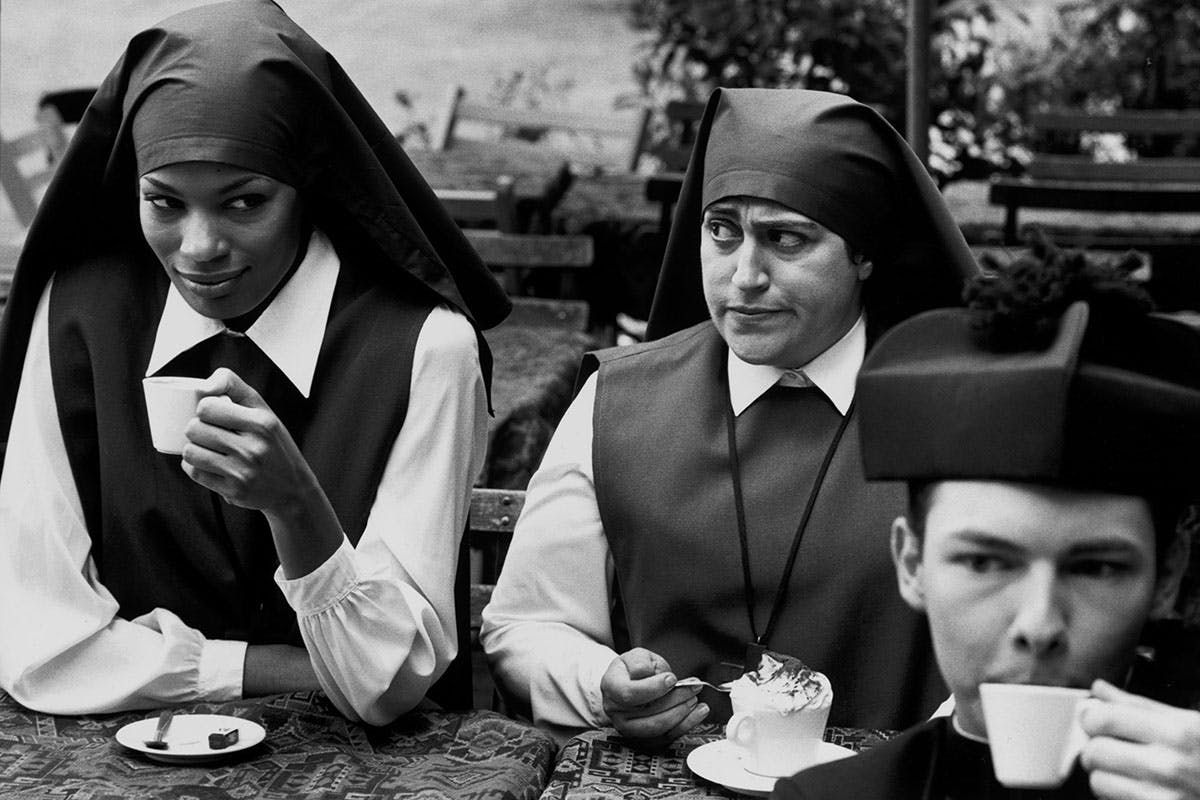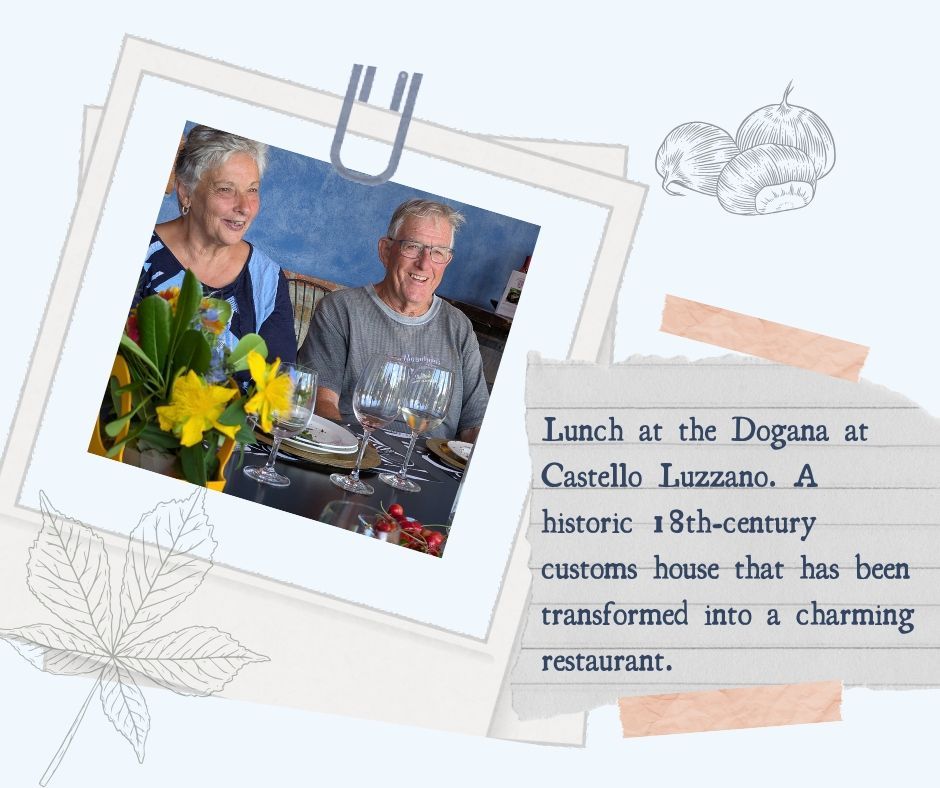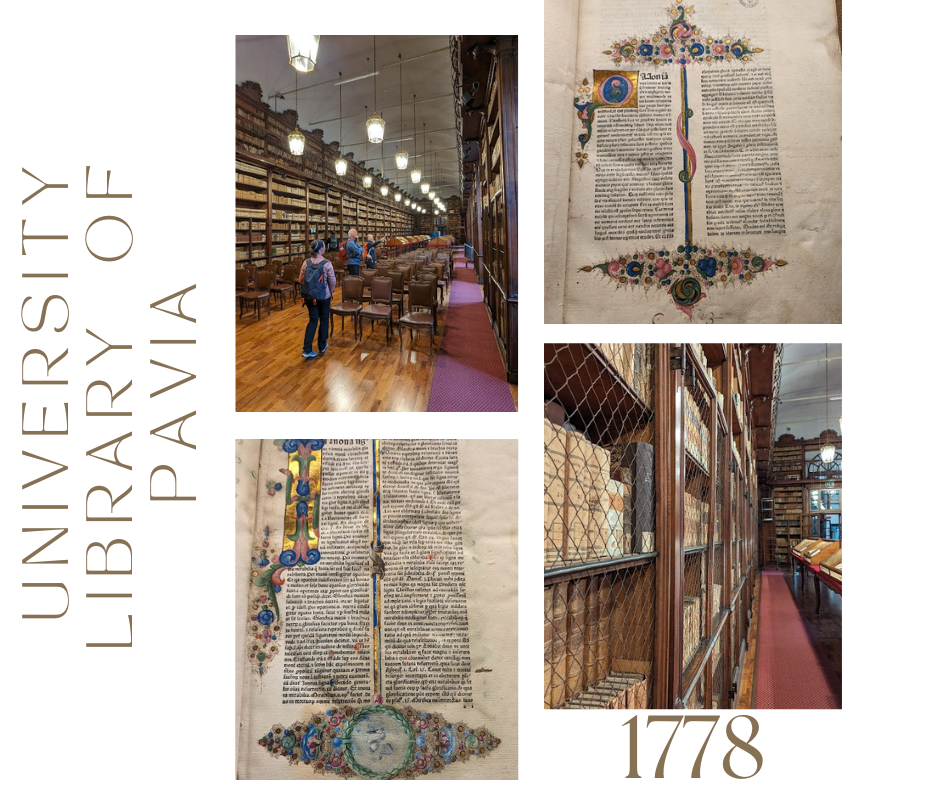COFFEE PASSION

Did you know that Italians spend over € 1.2 billion in hypermarkets and supermarkets on coffee every year? A turnover that makes it one of the main items on the shopping list. However, in this ever-changing world Italians are buying less ground coffee and increasing their intake of the more expensive coffee capsules. Capsules represent the latest revolutionisation of the world of coffee.
The coffee we know today is the result of technological innovations that have made it possible to transform these berries into the aromatic and invigorating drink that we love so much. The most revolutionary was the invention of the espresso machine. The prototype of which was presented in 1855 at the Universal Expo in Paris. Its innovation is already in its name: "made on the spot, for those who request it" was the slogan that accompanied the presentation.
A few years later, in 1881, on the other side of the world, instant coffee was born. It was an innovation developed by the Japanese-American chemist Satori Kato, who was also responsible for the invention of the instant tea bag. A US importer of coffee asked him to study something similar to the tea bag. Subsequently, in 1901 instant coffee was patented and presented at the Pan-American Expo in Buffalo.
But it was only in 1938 that Nestlé perfected this patent and launched it in Switzerland in 1938 under the name of Nescafé. It was developed in order to solve the problem of the excess production of Brazilian coffee left unsold in warehouses.
Another famous brand that has made the history of coffee is Hag: the first decaffeinated coffee in the world. It was born in the early 1900s thanks to the experiments of a German chemist and entrepreneur Ludwig Roselius. In Italy today Caffe’ Hag is still used as a generic term when ordering a decaffeinated espresso, or short black in bars.
The history of coffee is studded with brilliant innovators: like Francesco Illy who, in 1934, patented pressurisation. This packaging technique (together with vacuum packing), removes the air from the jar before it is sealed and adds inert gases (such as ozone). This process guarantees optimal protection for the coffee, allowing it to keep fresh for months and months (up to two years).
In more recent years, the big news that has shaken the market has been the launch of capsules, which, thanks to technological innovations in domestic coffee machines, allow everyone to make a coffee worthy of the best bar at home.





